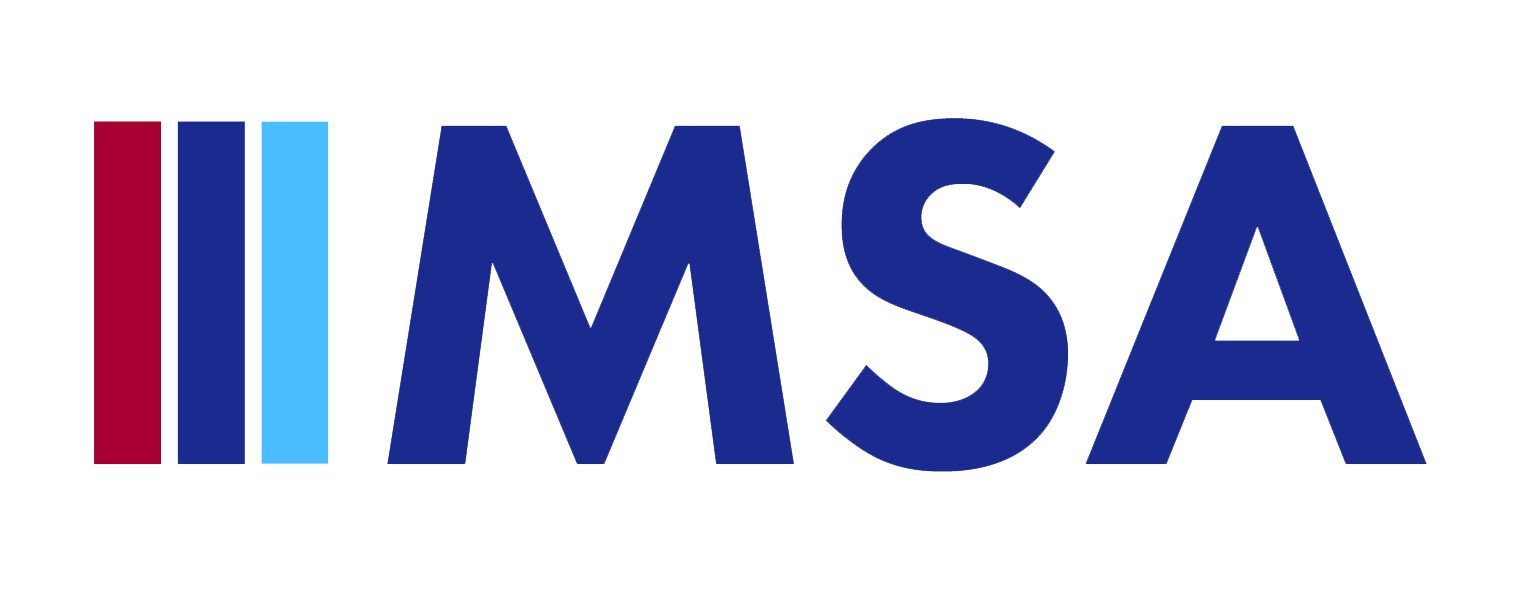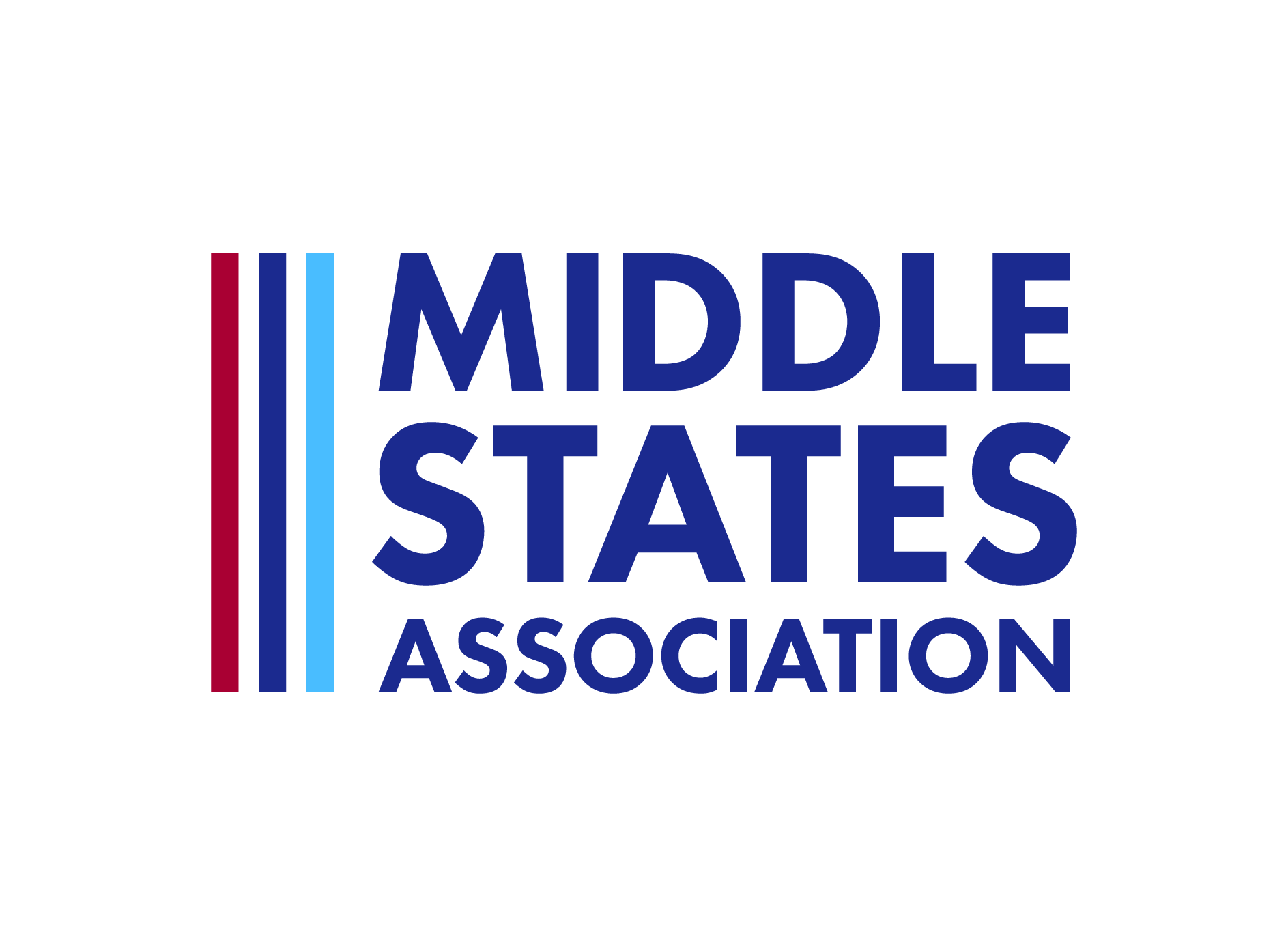By Christian Talbot, President of MSA-CESS

To initiate strategic planning, James Madison High School* convened a committee of board members, administrators, and teachers. They were all accomplished, intelligent people working in good-faith. I was the facilitator.
They quickly generated a list of ten things that their strategic plan needed. Their topics mirrored those in many schools’ strategic plans: upgraded athletics facilities, financial sustainability, better support for teachers, improved student well-being, and so on.
Putting aside the fact that none of these were strategic choices [1], I said, “If you ask people to focus on ten things, they will struggle to prioritize anything. How can we reduce this list from ten to three?” (I was willing to live with five.) After more meetings, they had reduced the list… to eight.
Meanwhile the committee had surfaced an alternative: what if they were to become the school for emotionally intelligent leadership formation? This could subsume and integrate much of their list, even if many items would lose marquee status. Many on the committee were excited by the concept. Still, they could not let go of their list of eight things.
Why did they struggle to make focused choices? It wasn’t politics—my discovery interviews and real-time observations proved that they were not protecting turf. Instead, they seemed to fear the loss of familiar things.
Across dozens of strategic planning processes, I have seen this dynamic play out over and over. Why?
In From Reopen to Reinvent, Michael Horn reminds us that efforts to try new things—to say nothing of “reinvention”—will activate our cognitive biases.
First among them is “loss aversion.” As Horn says, “the fear of loss is more powerful than the potential to gain. As a result, when considering a switch, individuals overweight things that they will lose at the expense of an even surer-fire set of things they might gain.”
For the folks at James Madison High School, their excitement about becoming the school for emotionally intelligent leadership formation needed—but failed—to dwarf their fear of loss.
Another cognitive bias at play was a failure to calculate opportunity costs. By investing finite resources in choices that would not differentiate them, the school was foreclosing opportunities to serve their community better while “playing to win,” as the strategist Roger Martin puts it.
I can’t claim that the people at James Madison succumbed to status quo bias, though it may be the most powerful cognitive bias keeping schools stuck in a “reopen” mindset rather than “reinvent” mode, to use Horn’s language. We rarely say, “That’s just how we do things.” More often the status quo is to schools as water is to the fish.
As Horn reminds us, we suffer irreducibly from cognitive biases, illustrated by the research of Nobel Prize winner Daniel Kahneman. So it should surprise no one that the James Madison strategic planning committee struggled to let go of familiar ideas, even in the face of an exciting and inspirational alternative.
But Horn does not leave the reader on a down note. If cognitive biases keep us stuck, then new narratives create escape hatches.
It starts with our choice of words. For example, last week’s National Assessment of Educational Progress (NAEP) standardized test report indicates that American schools have plenty of work to do. What kind of work? The story implied by “combatting learning loss” is quite different from the story implied by “cultivating mastery.”
And, as Horn points out, the story we tell ourselves—and our learning community—can make all the difference in the world to a school’s evolution: “it’s important to focus on what parents will gain from any moves made so they can overcome their entrenched habits.” Telling the stories of the early adopters who are “gaining” can trigger loss aversion in the status quo seekers. [2]
Maybe we’ve had it backwards all along: instead of cognitive biases that require us to “see it to believe it,” perhaps we should rely on stories that enable us to “believe it to see it.”
If you missed last week’s webinar with Michael Horn, you can watch the video here.
[1] In a future series of posts, I’ll be writing about the things that schools often miss the mark on when doing strategic planning. Confusing and conflating strategic choices with operational excellence is one of them.
[2] Another school has recently begun to socialize the idea of being “the school where students learn to be enterprising.” The implied story maps nicely onto their work the last several years to empower students to demonstrate their learning by building things and bringing them to the public.
*Name has been changed.

